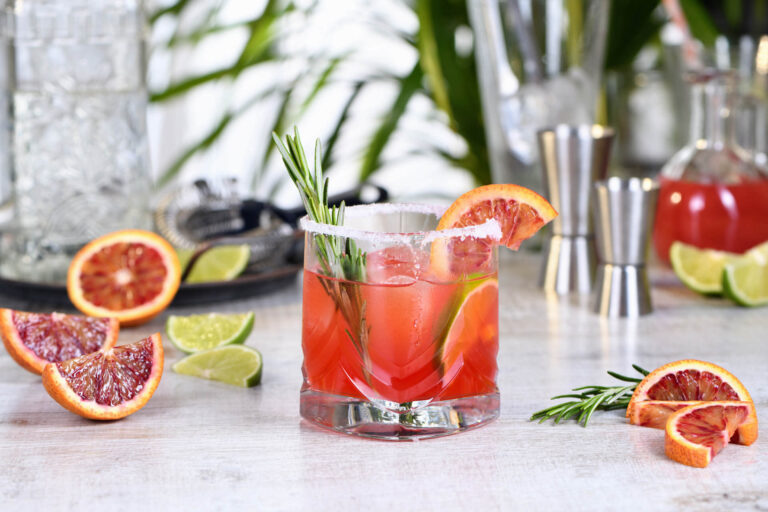25/07/2024
Consumer caution adds friction to China’s alcohol market revival
IWSR data shows that China’s market recovery has stuttered amidst widespread downtrading and high inventories, but the country will still be a key driver of value growth in the years ahead
2024 is set to be a year of normalisation for China’s beverage alcohol market, after softer than expected performance in 2023. The trade is now focusing on de-stocking of high-end products – especially Baijiu, Cognac and Scotch whisky – and consumers remain cautious in terms of discretionary spending, with many prioritising expenditure on travel and experiences over alcohol.
“The recovery in China during 2023 wasn’t as smooth or strong as many had expected, with inconsistencies between categories and price tiers,” says Shirley Zhu, IWSR Research Director for Greater China. “A slowdown was felt across drinks categories, with consumers wary of spending.”
IWSR market data shows that total beverage alcohol (TBA) volumes in China grew only marginally between 2022 and 2023, as losses for spirits (-9%) and wine (-14%) were offset by increases for beer (+3%) and RTDs (+1%). For the first time since 2000, malt Scotch saw volume declines across all price tiers.
The softer market performance is reinforced by IWSR latest Bevtrac consumer tracking data, based on surveys of urban affluent Chinese drinkers of legal drinking age, which shows that H1 2024 readings for consumer sentiment remain strongly positive, but significantly less so compared to H1 2023, with the caveat that scores from China typically skew strongly positive for cultural reasons.
“A crisis in the property sector significantly impacted the Chinese economy, affecting both business and consumer confidence. Despite an improvement in early 2023 as pandemic restrictions were lifted, consumer sentiment subsequently tailed off and remained low,” comments Zhu.
According to IWSR Bevtrac consumer data, growth in recalled spend per unit has stalled for many categories, with evidence of down-trading emerging for the first time among the lower income cohort of middle-class Chinese, i.e. those earning between RMB 5,000-15,000 per month (approx. USD 700-2,000 per month). This could be connected with perceptions that prices across premium spirits categories are being pushed up: recalled average prices paid for personal use and price ceilings (the maximum a consumer is prepared to spend on a unit) in H1 2024 are higher across several categories than they were a year ago.
While IWSR market data forecasts expect TBA volumes to be essentially flat between 2023 and 2028, prospects are brighter when it comes to TBA value in China. Following declines in 2023, market value will bounce back, adding incremental value of more than US$14bn by 2028, with baijiu responsible for roughly two-thirds of that total.
The number of upper-middle and high-income households is growing, which will support sustainable growth in the medium and long term.
IWSR’s analysis of China’s beverage alcohol market also shows:
On-trade stages partial recovery
China’s on-premise recovered partially in 2023, but with increased fragmentation. Newer clubs and live music venues tend to be much smaller now – and many large nightclubs have closed for good.
Urban middle-class Chinese drinkers have rediscovered socialising following extended national lockdown periods. There has been a significant increase in the number of consumers reporting on-trade visits at their last drinking occasion, with 62% of drinkers stating their last occasion was in the on-trade. Social gatherings have also grown in popularity, though here there are more distinct differences between behaviour by income group, with higher income consumers (those earning over RMB 25,000 / USD 3,500 per month) more likely to be drinking alcohol in a bigger social group compared with those on lower incomes.
More broadly, there has been a trend of less ostentatious consumption. IWSR market researchers are reporting much less ordering of bottles of spirits or Champagne with sparklers on the night-time scene, and younger LDA consumers were more likely to spend on beer buckets or drinks by the glass.
Consumption downgrades hit Cognac, Scotch
High inventory levels for XO Cognac and high-age whisky have prompted continued de-stocking in the early months of 2024, following a very difficult 2023.
Cognac’s 2022-23 volume decline of -3% was outstripped by a -5% value loss, thanks to double-digit volume falls for the prestige-plus and prestige price tiers. The outlook for the sector depends on the potential impact of tariffs on imports of EU brandy, including Cognac, later this year.
For the first time since 2000, malt Scotch saw volume declines across all price tiers. Volumes for the total malt Scotch category fell -11% in 2023. The category is expected to suffer a further loss in a challenging 2024, but growth is then expected to return, with 2023-28 volumes rising at a CAGR of +4%.
“The property crisis meant there was much less high-end entertaining and gifting in spirits during 2023, which heavily impacted demand for XO Cognac and expensive whisky,” explains Zhu. “There were higher inventory levels by the end of the year, despite the efforts of brand owners and wholesalers to move stock.
“However, VSOP Cognac and blended Scotch fared better and were both flat in volume terms – while VS Cognac saw decent growth thanks to its more accessible price range.”
White spirits gains driven by on-trade revival
As bars fully reopened for the first time in three years following the pandemic, white spirits reported robust growth during 2023, with gin, vodka and rum making the most substantial gains – while tequila continued to expand strongly from a small base.
All four segments recorded substantial double-digit volume gains during the year: gin was up by +25%, vodka by +24%, agave spirits by +40% and white rum by +44%. However, these increases will probably have been magnified by the short-term resurgence in on-premise sales, with Zhu noting: “The rapid growth in some spirits segments when on-trade venues reopened could result in volume declines in 2024.”
Beer lifts amid premiumisation drive
Beer is expected to grow by a volume and value CAGR of +1%, 2023-2028. This follows +3% volume increase during 2023, driven by big gains for premium-priced products; standard volumes rose only marginally and value-priced products recorded a decline versus 2022.
General consumption growth has been boosted by restaurants and bars reopening following the lifting of pandemic restrictions. Some brewers have also opened their own bars, such as Carlsberg’s Jing-A taproom and Tsingtao’s 1903 venues.
“Beer experienced a third consecutive year of growth in 2023, signalling that the category might finally have escaped from the downward trajectory it had tracked since peaking in 2013,” says Zhu. “Brewers are focused on more premium brands to drive value growth.”
Wine’s struggles set to continue
Still wine’s challenges in China are continuing, following another year of double-digit declines in 2023, with imports from almost all countries falling back. Chilean wine volumes decreased after two years of high import levels, and – in sparkling – there were substantial falls in the consumption of Champagne, Cava and Prosecco as some of their main consumption occasions disappeared.
“Still wine’s declines are likely to continue, with an anticipated 2023-28 volume CAGR of -2%,” says Zhu. “China removed the tariffs on Australian wine in March 2024, and an influx of Australian wines can already be seen. This is likely to take volumes away from some other countries of origin, but total wine consumption is unlikely to rise suddenly.”
However, after falling back sharply during 2023, the sparkling wine category is forecast to return to growth as drinking venues re-open, with an expected 2023-28 volume CAGR of +5%.
The above analysis reflects IWSR data from the 2024 data release. For more in-depth data and current analysis, please get in touch.
CATEGORY: All | MARKET: Asia Pacific |
Interested?
If you’re interested in learning more about our products or solutions, feel free to contact us and a member of our team will get in touch with you.




